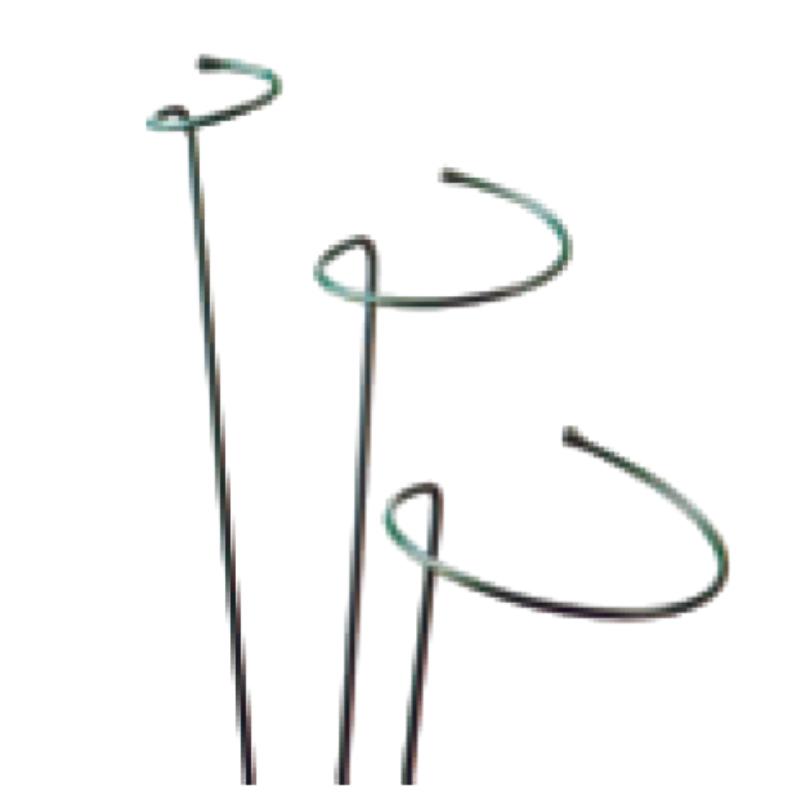-
이메일:zhao@hyliec.cn
-
왓츠앱:8613931128750
-
 아프리카 사람
아프리카 사람 -
 알바니아
알바니아 -
 암하라어
암하라어 -
 아라비아 말
아라비아 말 -
 아르메니아 사람
아르메니아 사람 -
 아제르바이잔
아제르바이잔 -
 바스크 사람
바스크 사람 -
 벨로루시어
벨로루시어 -
 벵골 사람
벵골 사람 -
 보스니아어
보스니아어 -
 불가리아 사람
불가리아 사람 -
 카탈로니아 사람
카탈로니아 사람 -
 세부아노어
세부아노어 -
 코르시카어
코르시카어 -
 크로아티아어
크로아티아어 -
 체코 사람
체코 사람 -
 덴마크 말
덴마크 말 -
 네덜란드 사람
네덜란드 사람 -
 영어
영어 -
 에스페란토 말
에스페란토 말 -
 에스토니아 사람
에스토니아 사람 -
 핀란드어
핀란드어 -
 프랑스 국민
프랑스 국민 -
 프리지아어
프리지아어 -
 갈리시아어
갈리시아어 -
 그루지야 사람
그루지야 사람 -
 독일 사람
독일 사람 -
 그리스 어
그리스 어 -
 구자라트어
구자라트어 -
 아이티 크리올어
아이티 크리올어 -
 하우사
하우사 -
 하와이 사람
하와이 사람 -
 헤브라이 사람
헤브라이 사람 -
 아니요
아니요 -
 먀오족
먀오족 -
 헝가리 인
헝가리 인 -
 아이슬란드어
아이슬란드어 -
 이보
이보 -
 인도네시아 인
인도네시아 인 -
 아일랜드의
아일랜드의 -
 이탈리아 사람
이탈리아 사람 -
 일본어
일본어 -
 자바어
자바어 -
 칸나다어
칸나다어 -
 카자흐어
카자흐어 -
 크메르어
크메르어 -
 르완다
르완다 -
 한국인
한국인 -
 쿠르드어
쿠르드어 -
 키르기스어
키르기스어 -
 결핵
결핵 -
 라틴어
라틴어 -
 라트비아 사람
라트비아 사람 -
 리투아니아 사람
리투아니아 사람 -
 룩셈부르크어
룩셈부르크어 -
 마케도니아 어
마케도니아 어 -
 말가시
말가시 -
 말레이 사람
말레이 사람 -
 말라얄람어
말라얄람어 -
 몰티즈
몰티즈 -
 마오리족
마오리족 -
 마라티어
마라티어 -
 몽고 어
몽고 어 -
 미얀마
미얀마 -
 네팔어
네팔어 -
 노르웨이 인
노르웨이 인 -
 노르웨이 인
노르웨이 인 -
 옥시탄
옥시탄 -
 파슈토어
파슈토어 -
 페르시아 인
페르시아 인 -
 광택
광택 -
 포르투갈 인
포르투갈 인 -
 펀자브어
펀자브어 -
 루마니아 사람
루마니아 사람 -
 러시아인
러시아인 -
 사모아어
사모아어 -
 스코틀랜드 게일어
스코틀랜드 게일어 -
 세르비아 사람
세르비아 사람 -
 영어
영어 -
 쇼나
쇼나 -
 신디어
신디어 -
 신할라어
신할라어 -
 슬로바키아 사람
슬로바키아 사람 -
 슬로베니아
슬로베니아 -
 소말리아어
소말리아어 -
 스페인의
스페인의 -
 순다어
순다어 -
 스와힐리어
스와힐리어 -
 스웨덴어
스웨덴어 -
 타갈로그어
타갈로그어 -
 타지크어
타지크어 -
 타밀 사람
타밀 사람 -
 타타르어
타타르어 -
 텔루구어
텔루구어 -
 태국어
태국어 -
 터키어
터키어 -
 투르크멘 말
투르크멘 말 -
 우크라이나 인
우크라이나 인 -
 우르두어
우르두어 -
 위구르어
위구르어 -
 우즈벡어
우즈벡어 -
 베트남어
베트남어 -
 웨일스 말
웨일스 말 -
 돕다
돕다 -
 이디시어
이디시어 -
 요루바어
요루바어 -
 줄루 족
줄루 족
Metal Plant Supports
What Is The Support Structure Of A Plant?
The support structure of a plant refers to the system of tissues and organs that provide stability and enable the plant to maintain an upright position. This support structure includes several key components:
1. Cell walls: The rigid cell walls of plant cells provide structural support, especially in non-woody plants. The cell walls help maintain the shape and rigidity of the plant's cells, contributing to its overall structure.
2. Stems: Stems play a crucial role in supporting the plant and providing a framework for the attachment of leaves, flowers, and reproductive structures. The stems also facilitate the transport of water, nutrients, and sugars throughout the plant.
3. Roots: The root system anchors the plant in the soil, providing stability and support. Additionally, roots absorb water and nutrients from the soil, contributing to the overall health and growth of the plant.
4. Vascular tissues: Xylem and phloem are specialized tissues that form the plant's vascular system. Xylem transports water and minerals from the roots to the rest of the plant, while phloem transports sugars and other organic compounds to various parts of the plant.
5. Specialized structures: Some plants have specialized support structures, such as tendrils, thorns, or aerial roots, which aid in climbing, attachment, or additional support.
The combination of these structural elements allows plants to maintain their shape, withstand environmental forces, and support essential physiological processes.
Iron Plant Supports Faq
What are the benefits of using iron plant supports?
Iron plant supports offer durability and strength, making them suitable for providing robust support for heavy or sprawling plants. They can withstand the weight of mature plants and help maintain their shape and structure.
What types of plants are best supported by iron plant supports?
Iron plant supports are well-suited for providing support to a wide range of plants, including peonies, roses, delphiniums, and other tall or heavy-flowering perennials. They can also be used for supporting climbing plants such as clematis or sweet peas.
How should iron plant supports be installed?
Iron plant supports should be installed firmly in the ground to ensure stability. When supporting individual plants, place the support structure around the plant early in the growing season, allowing the plant to grow into and around the support naturally.
Are there different styles and designs of iron plant supports available?
Yes, iron plant supports come in various styles and designs, including hoop supports, grid supports, and individual stakes. These different designs cater to the specific needs of different types of plants and can provide effective support while enhancing the visual appeal of the garden.
How can iron plant supports be maintained?
To maintain iron plant supports, periodically inspect them for signs of rust or corrosion, especially if they are exposed to the elements. If rust is present, it can be removed using a wire brush, and the supports can be treated with a rust-resistant coating or paint to prolong their lifespan.






